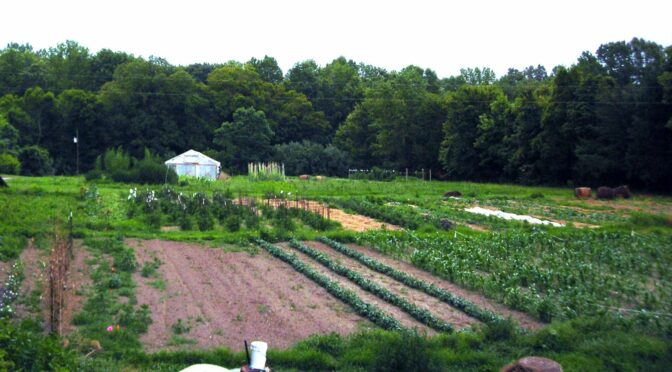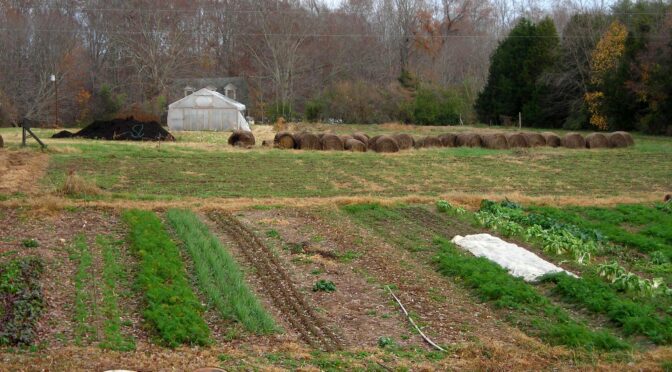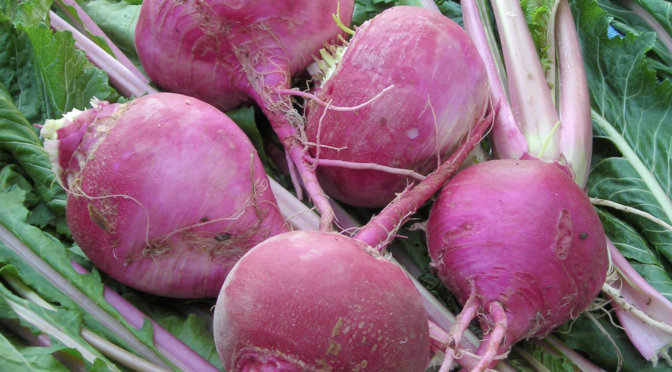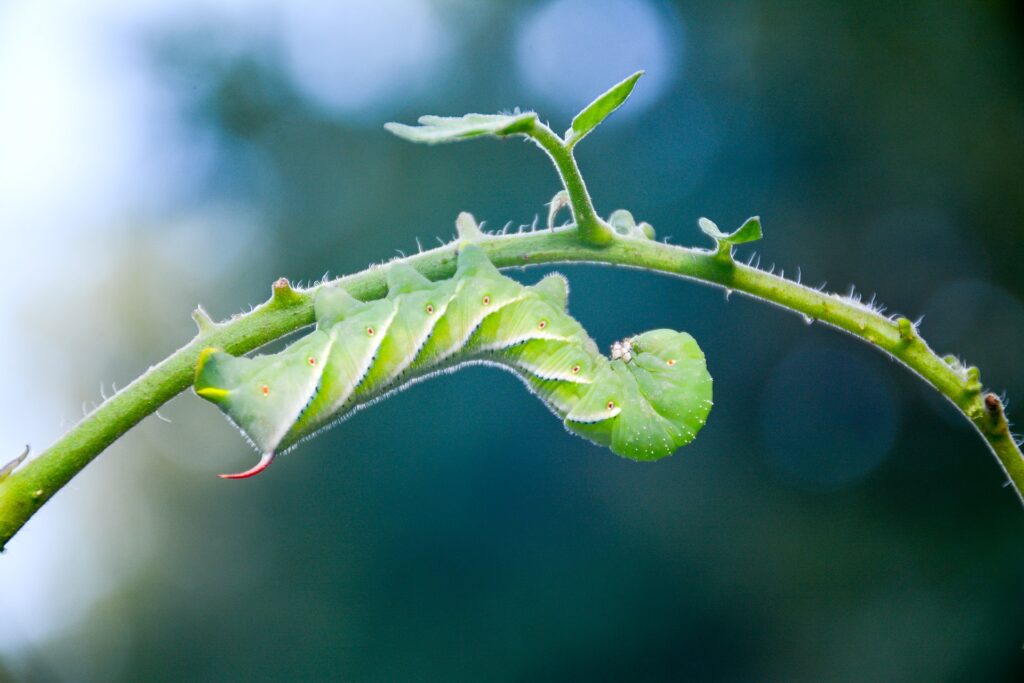Here in the Southeast, June is an exciting time in the garden. Depending on your zone, you’ll be harvesting various crops like the last of the spring snap peas and broccoli and the first tomatoes, cucumbers, and squash of the year. It’s also a time where staying on top of the garden chores is critical for continued production into the late summer and fall. This late June garden checklist will help you stay on track and keep your garden healthy and productive.
June Maintenance
The late June garden to-do list includes some general maintenance tasks to keep your garden growing strong.
Weed, Weed, Weed.
No one loves to spend time weeding, but this time of year is critical. Keep the weeds knocked back to ensure they don’t steal precious water and nutrients from your rapidly growing crops.
Harvest Regularly
Staying on top of harvesting is essential. You want to pick and use or preserve produce at its peak and encourage continued production. Many crops like cucumbers, summer squash, and green beans will produce more if picked regularly. Allowing the fruit of these crops to fully mature, like you would to save seed, will tell the plant it’s time to die back and stop producing. Check out our previous post, Food Preservation Resources, for information on putting up your harvest.
Add Compost
Heavy feeding crops like corn, tomatoes, and peppers benefit from extra nutrients this year. Sidedressing these crops with good, finished compost can give them a boost to ensure good production. Sidedressing with compost when the plants are flowering is ideal.
You should also add an inch or two of finished compost to a bed before sowing new successions. This will ensure your soil has enough nutrients to maintain good production.
Stay on Top of Watering
In the Southeast, the temperatures really begin to climb in June. This time of year and further into the summer keeping the soil cool and moist will improve production. A wilting plant is not the only sign of water stress. Deformed cucumbers are often a sign of too little water. Blossom end rot in tomatoes, eggplants, and peppers may also indicate water deficiency, as insufficient water can prevent the plant from taking up enough calcium.
Remove Old Plants
Remove any plants that are no longer producing, like peas or plants past their prime. You can replace these plants with successions or cover crops, which we’ll discuss below.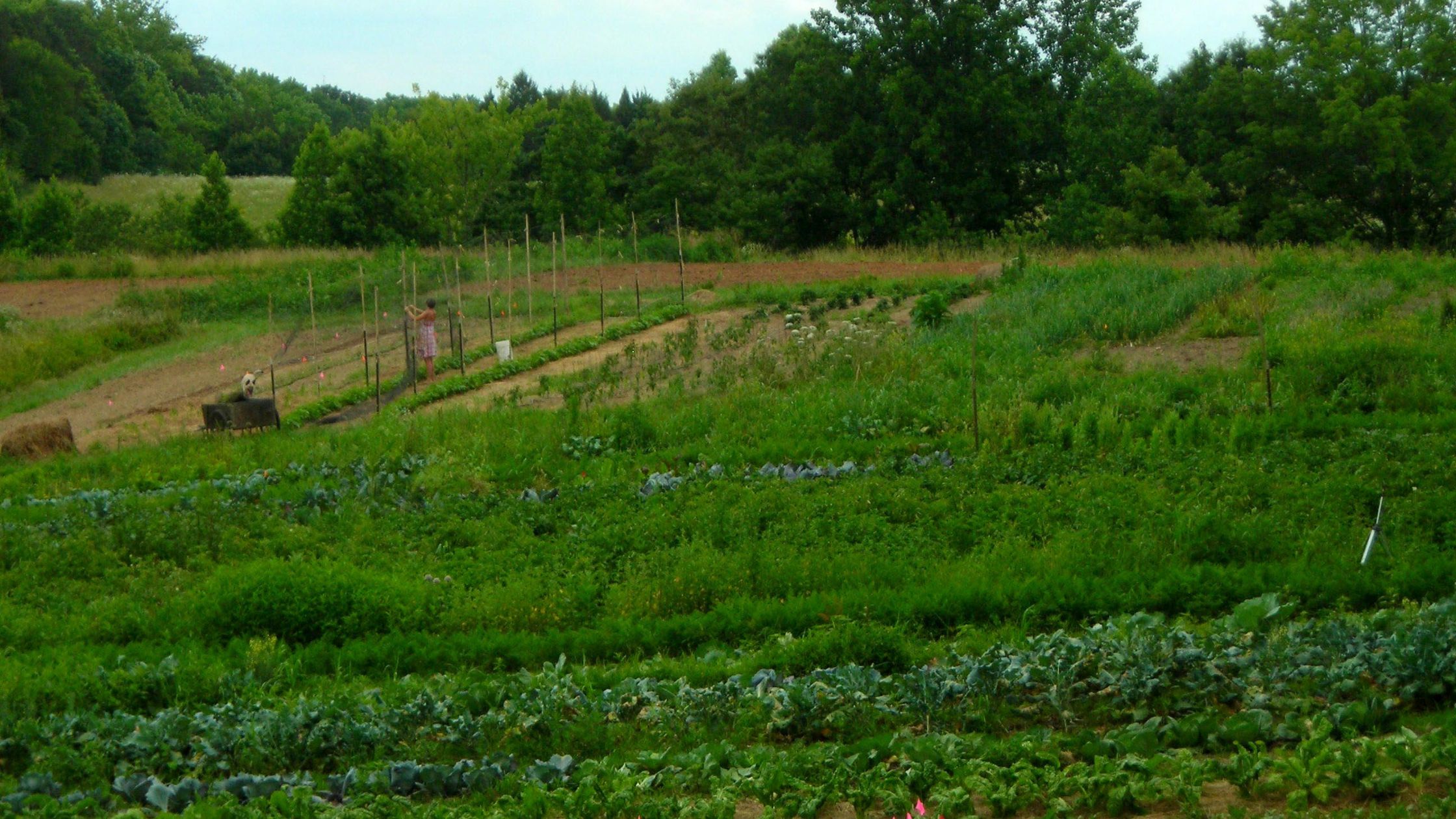
Starting the Fall Garden
One of my mistakes as a new gardener was waiting too long to start a fall garden. If you live anywhere with a late first frost date, it can be easy to assume that you have plenty of time to grow crops in the fall.
Unfortunately, it’s not just the temperature that affects how your garden grows. Dwindling hours of daylight slows crop growth in the late summer and fall.
To know when to sow summer successions and fall crops in your garden, take your first frost date and count backward by the days to maturity for a chosen variety plus an additional 14 days for cool-weather crops and 21 days for frost-tender crops (this accounts for slowed growth).
For example, if your first frost date is November 15th and you want to grow another succession of Anne Arundel Muskmelons, you should plant your last succession by August 7th at the latest. To get that date, I started on November 15th and counted back 80 days (Anne Arundel’s days to maturity) and then counted back another 21 days to account for decreased daylight.
Late Summer & Fall Crops
Many crops can be planted in June, July, or even later, depending on your USDA zone. Some great options for late summer successions and fall crops include:
- Snap Beans
- Summer Squash & Zucchini
- Cucumbers
- Cabbages
- Cauliflower
- Broccoli
- Turnips
- Rutabagas
- Beets
- Carrots
- Greens
When sowing and transplanting this time of year, you’ll want to take extra care to keep plants and seeds cool and moist. Transplant in the evening or on overcast days. Water often and use shade cloth or other plants to keep some afternoon sun off of cool-season crops like lettuce. Place seed trays in a root cellar or fridge to help seeds like cabbage and broccoli germinate in hot weather.
Heat-Tolerant Greens
As spring turns to summer, the last of the cool season greens are being harvested. Any leftover will soon bolt and turn bitter (pollinators love the flowers, though). Thankfully, there are a few ways to continue green production in the hotter parts of the year.
Here are some great heat-tolerant greens to try:
Using row cover and keeping the soil moist can be especially helpful for lettuce.
Cover Crops
If you have empty beds that you aren’t going to fill with crop successions, it’s an excellent time to start some cover crops. Cover crops suppress weeds, keep the soil moist, and add nutrients and organic matter. Some cover crops you can sow in June include:
- Buckwheat
- Sorghum Sudan
- Cowpeas
- Soy
- Millet
Check out these other Summer articles and tips:
- Summer Succession Crop Planting: Avoid Gluts and Shortages
- Last Chance Sowings
- SESE Candy Carrots and Sweet Roots
- Garden Water Management
- 5 Tips to Help Your Garden Survive Your Vacation
Keeping up with summer garden chores is a demanding but rewarding process. Following this June garden checklist and completing these essential maintenance tasks, plus succession and fall planting, will allow you to keep fresh food on your family’s table through late summer and fall.

